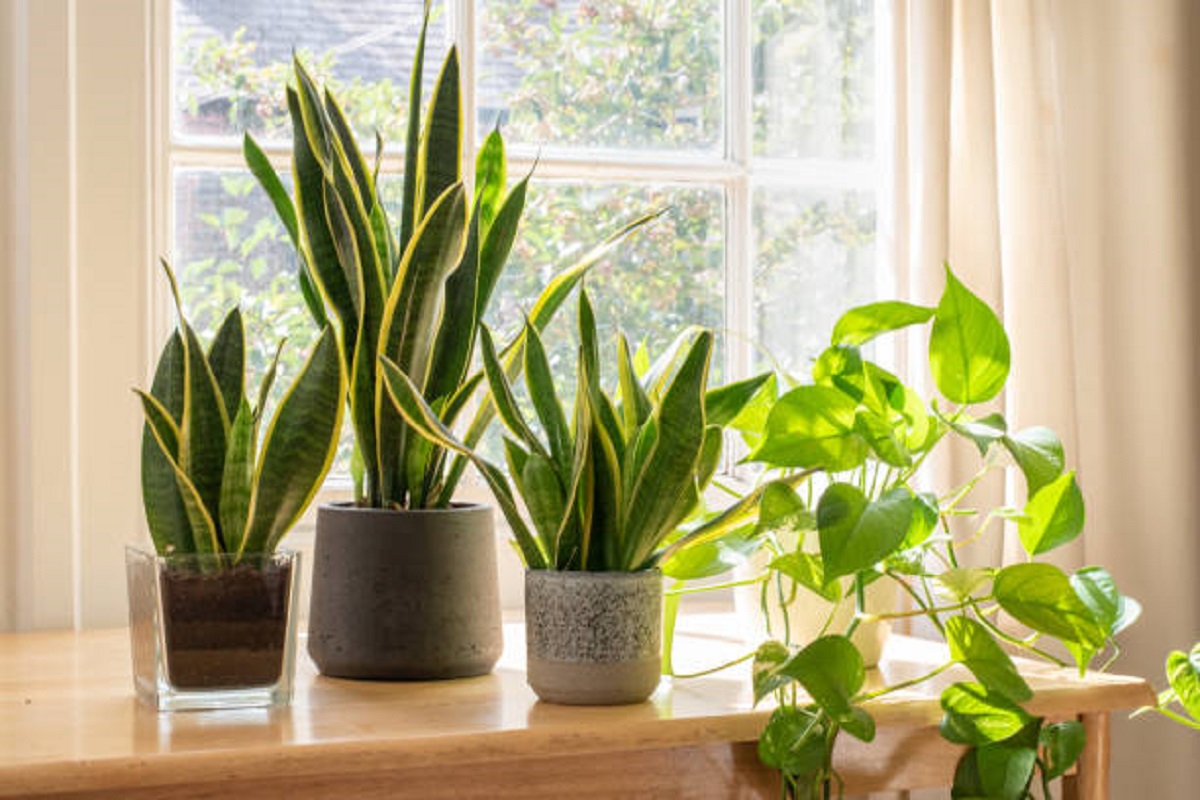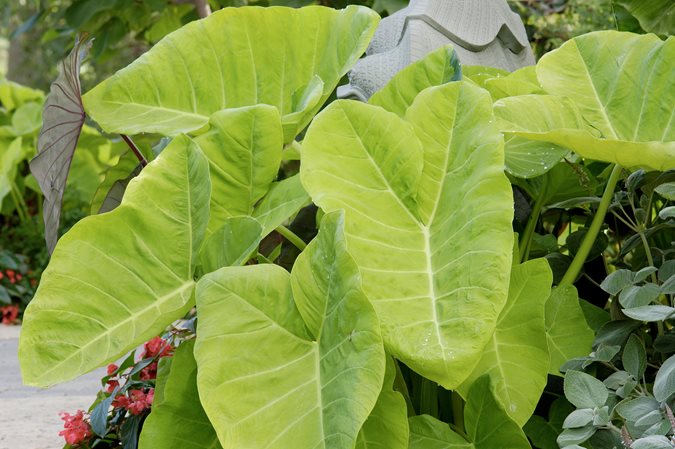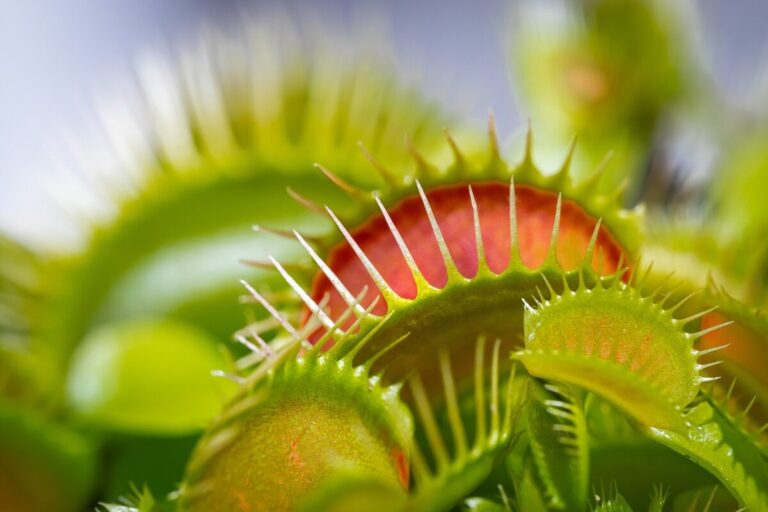Spiritual meaning of Plants: Love And Protection
Plants have symbolic meanings that can enrich our lives when we surround ourselves with them. Connecting with plants that represent what we value or want to attract can create a positive environment. There is evidence of plant symbolism throughout history – in ancient myths, religious texts, medieval art, and Victorian flower dictionaries.
History of Plant Symbolism
The idea that plants hold symbolic meaning has ancient roots. Trees, herbs, and flowers are represented in myths and folktales around the world. Specific plants are also given spiritual meaning in major religions – the fig tree in Christianity, the lotus in Buddhism, etc.
More recently, interest in plant symbolism was renewed in the 19th century with the publication of floral dictionaries. These popular books paired flowers with meanings related to emotions, virtues, and life events. This formalized the study of plant symbolism used today.
Benefits of Understanding Plant Meaning
When we understand what various plants symbolize, we can choose more meaningful:
- Home and office decor
- Landscaping plants
- Gifts like bouquets and potted plants
Surrounding ourselves with plants that represent what we want to attract or values we hold brings a positive energy. Simply being around plants, especially green foliage, also has mental health benefits.
Most Popular Plants and Their Meanings
Here are some of the most common plants you’ll encounter and the ideas they represent:
Trees
- Oak – Strength, honor, longevity
- Willow – Flexibility, intuition, femininity
- Apple – Love, temptation, wisdom
Flowers
- Rose – Love, beauty, balance
- Lily – Purity, rebirth, motherhood
- Daisy – Innocence, loyalty, “You have as many virtues as this plant has petals”
Herbs
- Basil – Protection, love, wealth
- Sage – Cleansing, healing
- Mint – Hospitality, warmth
Houseplants
- Spider plant – Nurturing, caregiving
- Peace lily – Peace, hope, sympathy
- Money tree – Prosperity, good fortune
Succulents
- Jade – Wealth, prosperity
- Aloe vera – Protection, healing
- Echeveria – Devotion, friendship
Choosing Plants for Life Events
When celebrating milestones, plants can enhance the meaning of the occasion:
Weddings
- Roses – Symbolize new beginnings and undying love
- Ivy – Represents fidelity
- Lavender – Devotion and calm
New Home
- Pine – Purification, prosperity
- Sage – Cleansing
- Money tree or bamboo – Good fortune
Sympathy
- White lilies – Majesty of the soul
- Chrysanthemums – Loyal love
- Peace lily – Hope
Graduation
- Daisies – Innocence, loyalty
- Iris – Valor, wisdom
- Palm – Victory
Accessorizing Your Home With Meaningful Plants
When accessorizing your home, choose plants that create the environment you want. Here are some ideas:
Entryway
- Lucky bamboo – Welcoming good fortune
- Sage – Cleansing guests of stress or anxiety
Living Room
- Peace lily – Calmness
- Jasmine – Romance
- Basil – Stimulating conversation
Bedroom
- Lavender – Peaceful sleep
- Gardenia – Joy and sweetness
- Spider plant – Nurture your dreams
Home Office
- Snake plant – Protection against distractions
- Pothos – Growth and perseverance
- Mint – Mental clarity and quick wit
By understanding the rich history of meaning associated with plants, we can choose more purposefully. Surround yourself with plants that create an uplifting environment aligned to your values and aspirations.
Spiritual Meaning of Plants in the House
Filling your home with plants that have symbolic meaning can create a positive environment aligned with your values. Here are some popular houseplants and what they represent:
Succulents
Succulents like jade plants and aloe vera represent protection, prosperity, and healing. Their ability to thrive in harsh conditions also symbolizes resilience.
Spider Plant
The spider plant represents nurturing, caregiving, and connections. It is also seen as bringing good energy and driving away negativity.
Money Tree
The money tree, with its braided trunk and round leaves, represents prosperity, abundance, and good fortune. It makes a meaningful gift for someone starting a new venture.
Peace Lily
With its graceful white blooms, the peace lily represents tranquility, hope, purity, and new beginnings. It promotes a calm environment.
Lucky Bamboo
The lucky bamboo is all about harnessing good fortune and positive energy. Its vibrant green stalks can brighten any space.
Spiritual Meaning of Plants and Flowers
In addition to houseplants, flowering plants and herbs carry symbolic meaning we can leverage for gifts and decor:
Rose
Universally associated with love and beauty, roses also represent balance and new beginnings. Different colored roses have additional meanings.
Lotus Flower
The lotus flower represents purity, spiritual awakening, and rebirth in Buddhist and Hindu traditions, where it is a sacred symbol.
Basil
Basil is commonly grown for its culinary properties, but in folklore it also symbolizes protection, love, and attracting wealth.
Lavender
With its sweet floral scent and calming purple hues, lavender represents grace under pressure. It is associated with serenity and devotion.
Sunflowers
Joyful sunflowers are seen as “happy” flowers that provide vitality and warmth. They represent loyalty, longevity, and adoration.
The Most Spiritual Plant
When considering which plant is the most spiritual, a few stand out for their rich symbolic meanings across cultures and history. Here are three top contenders for most spiritual plant:
Sage
The common garden sage has extraordinary spiritual meaning. Its genus name Salvia refers to healing properties that treat both body and soul. Sage cleanses spaces of negative energy and is believed to promote wisdom and longevity. For these cleansing and purifying properties, sage is regarded as the most spiritual plant by many.
Lotus
The lotus flower has deep spiritual symbolism in Hinduism and Buddhism. The lotus rises perfect and pristine from muddy waters, representing purity of body, speech, and mind. Lotus is also a metaphor for spiritual enlightenment and overcoming attachment. With such lofty spiritual meaning, the lotus flower earns its status as a sacred plant.
Olive Tree
The olive tree is revered by many major religions and holds a spiritual status similar to sage and lotus. In Christianity, the olive branch represents peace. Olive trees also define sacred space, and the olive leaf symbolizes triumph of spirit. For Jews, olive oil signifies continuity with ancient traditions. With such rich meaning, the humble olive tree is regarded as a deeply spiritual plant.
Plants With Meanings of Love
Certain plants and flowers have come to symbolize love and affection, whether it’s romantic, platonic, familial, or spiritual. Here are some of the most popular plants associated with love that can enhance gifts and home décor:
Red Roses
Red roses represent romantic love more than any other flower. Their red petals evoke the passion and desire associated with romantic attraction. Roses also symbolize new beginnings, making them fitting for couples embarking on a relationship.
Lavender
The sweet, soothing scent of lavender has made it a symbol of devotion. Its calming purple color also calls to mind grace under pressure. Give lavender plants or bouquets to show loyalty and admiration for a loved one.
Gardenias
Luminous white gardenias represent sweetness and the joy of new love. Their waxy petals and rich fragrance speak to the intoxication of romance in full bloom. They make perfect gifts for someone who brings you happiness.
Fuchsia
Vibrant fuchsia blossoms represent good taste and ambition for adventure. Their two-tone petals resemble the fusion of two lovers into one. Gift fuchsia to inspire a loved one to live life to the fullest.
Daisies
Daisies traditionally symbolize innocence and purity. Their bright white petals seem to radiate cheer. Give daisies to uplift someone’s day and show loyalty during tough times. A bouquet says “I’ll be there for you no matter what.”
Best Plants for Spiritual Protection
Certain plants are believed to safeguard homes by absorbing negative energy and promoting a peaceful environment. If you want to boost the positive energy in your home, here are the top plants for spiritual protection:
Snake Plant
The snake plant, with its upright sword-shaped leaves, is a fierce protector. Place it inside your home’s entrance or in front of a window to block out bad energy. Snake plants also filter toxins and purify air.
Sage
For centuries, sage has been used in smudging rituals to spiritually cleanse a space. Its genus name Salvia refers to healing. Growing sage in your home is believed to drive away negativity and bring in wisdom.
Peace Lily
With its graceful white blooms, the peace lily represents tranquility. It promotes a calm environment and feelings of hope. Place peace lilies in your bedroom or any room where you want to encourage relaxation.
Lucky Bamboo
The lucky bamboo plant represents good fortune and positive energy. Its vibrant green stalks bring an uplifting atmosphere. Set lucky bamboo in entryways or your home office to invite in good luck.
Jade Plant
The jade plant is a succulent that symbolizes prosperity and abundance. Jade is also believed to attract protective energy, making it ideal for placement near entryways and windows. Its resilience represents strength.
Here is a detailed article on the best spiritual plants for indoor decoration focused on looks rather than symbolism:
Gorgeous Spiritual Plants to Brighten Your Home
When decorating your home, choose plants as much for their beauty as their meaning. These spiritual plants uplift any space with their vibrant colors and lush foliage.
Orchids
Orchids bloom incredible flowers in a rainbow of colors. Their delicate petals and graceful shape create a serene focal point. Place orchids in your bedroom or living room to inspire tranquility.
Bromeliads
From fiery reds to neon greens, bromeliads have a stunning range of foliage. Their rosettes of tapered leaves draw the eye. Use bromeliads’ vibrant colors to accent tables and shelves.
Prayer Plants
As prayer plants open and close their leaves daily, it looks like hands palm-pressed together in prayer. The red veins and green backgrounds create captivating patterns. Prayer plants thrive in low light areas.
Chinese Evergreen
Chinese evergreens offer a spectrum from silvery green to deep emerald foliage. Their leaves have a rippled texture that refracts light beautifully. Place them in corners to brighten up the space.
Crotons
No other plant matches crotons’ wild colors and patterns. They combine hues like pink, orange, red, yellow, and copper in their dramatic leaves. Crotons make excellent statement pieces.
Calathea
Calathea are called prayer plants for their daily movement, but they could as easily be called painting plants. Bold brushstrokes of green, fuschia, and cream decorate their leaves.
Rex Begonia
Rex begonia leaves seem hand-painted. Splashes of metallic silver contrast with matte green and deep burgundy. Their colorful leaves have an alluring iridescent sheen.
Gorgeous Spiritual Plants for Outdoor Decor
When landscaping your yard or garden, choose plants as much for their captivating colors and textures as for meaning. These spiritual plants can transform any outdoor space into a sanctuary.
Japanese Maple
The graceful shape and vibrant leaves of Japanese maples create stunning focal points. Their foliage transforms through the seasons from emerald green to sunset orange and crimson red. Use Japanese maples as specimen trees or plant several for an eye-catching grove.
Hydrangea
Few flowers can match the visual impact of hydrangea. These classic cottage garden plants bloom huge, colorful mopheads up to a foot across. Varieties produce blue, pink, purple, and white blossoms. Plant en masse along fences or scatter throughout garden beds.
Black Mondo Grass
Black mondo grass offers a dramatic contrast to other landscaping. Its grassy leaves emerge with a striking black-purple color. The low mounds spread to form a lush groundcover. Use black mondo grass as edging or let it fill spaces between pavers and stones.
Coral Bark Maple
Even when not in leaf, coral bark maple dazzles with its vibrant red-orange bark that seems to glow. Its branches bring color to winter landscapes. Pair it with evergreens or allow it to stand alone as a focal point. The striking bark makes the tree pop against snowy backdrops.
Bee Balm
Few plants attract hummingbirds and butterflies like bee balm. Its shaggy flowers come in shades of red, pink, purple, and white atop sturdy stalks. Bee balm thrives in full sun with well-drained soil. Use it to add height and color to perennial beds, wildflower meadows, and cutting gardens.
Weigela
Weigela offers some of spring’s brightest blooms and most beautifully variegated leaves. Its trumpet-shaped flowers explode in warm shades of pink, red and yellow. Weigela makes an excellent foundation plant, hedge, or border. It can also brighten up patios and garden beds in large containers.
Conclusion
The symbolism of plants has fascinated people for thousands of years. Ancient myths and medieval legends reveal how plants were seen to represent human virtues and emotions.
Victorian flower dictionaries renewed interest in this folklore. Modern plant meanings draw from history to represent ideas from nourishment to prosperity.
When designing your home or choosing gifts, consider the symbolism of plants. Let beautiful foliage create an environment that energizes your values and intentions. Understanding plant meanings takes your decor from generic to meaningful.







